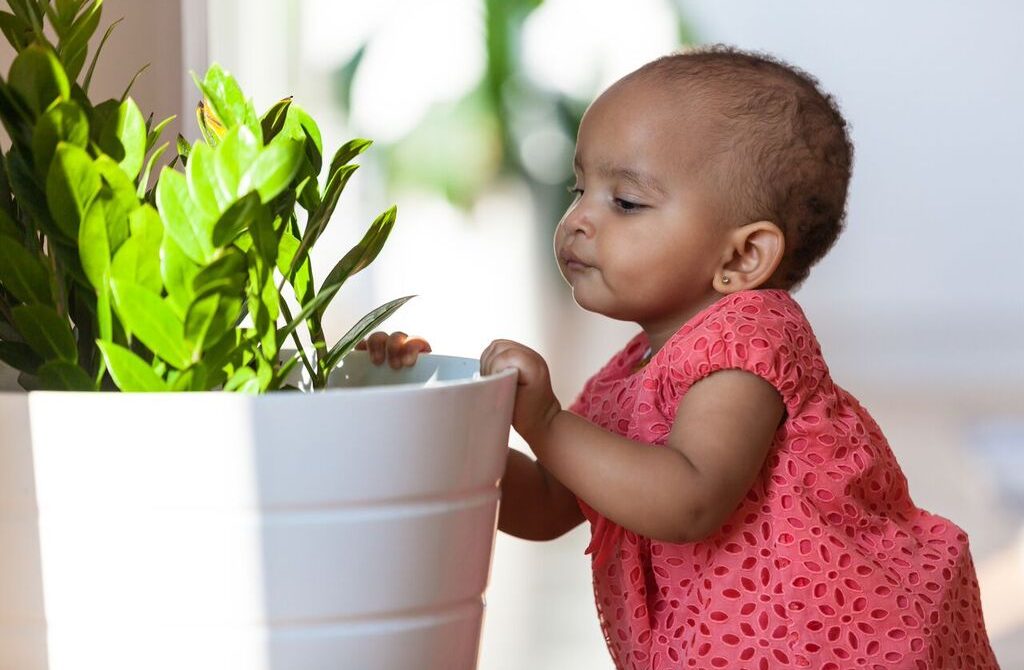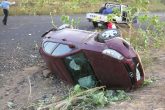
Many of us have at some point either heard of or even had first-hand experience of the horror of a child being scalded by boiling water or hot cooking oil in the home.
The home, generally regarded as a safe haven hides many hazards within its walls. In fact, household injuries are second only to road traffic accidents as a leading cause of trauma in children. Surprisingly, trauma is the most likely cause of death in children who survive the first five years of life, when infectious diseases are the leading cause of death. For every injured child who dies several thousand survive with disabilities.
The major cause of home injuries is negligence on the part of care givers and parents often due to lack of safety knowledge. Other contributing factors to home injuries are children are:
- Education on age appropriate home safety measures is not provided to parents
- Poor/crowded living conditions
- Use of exposed fire and flammable fuel for cooking
- Lack of electricity – poor lighting, generator use
- Lack of running water and proper drainage
Children are more susceptible to home injury but the elderly as well as adults are at risk of home injuries as well.
The most common home injuries are:
- Falls
- Burns
- Poisoning
- Choking
- Suffocation
- Drowning
Did you know that thousands of children younger than 1 year die every year in Africa because of injuries?
Often, injuries happen because parents are unaware of their child’s capabilities. Children learn fast, and do so by exploring their environments – including reaching for dangerous substances or items that are harmful to them.
Here are the most common causes of avoidable injuries in children and a look at some simple safety measures you can adopt.
AUTOMOBILE INJURIES:
Several child safety measures are not enforced in Africa as they are in developed countries. The use of child car safety restraints such as infant/child car seats is not even Road Safety Administration policy in Sub-Saharan Africa. This is a major lapse, since automobile accidents are the number one cause of death and injury for children in Africa after infectious diseases and perinatal conditions. The crushing forces to your child’s brain and body in a collision or sudden stop, even at low speeds, can cause injuries or death.
Safety measures:
NEVER ride in the front seat of a car with a child in your lap. Until it becomes a government mandated policy to always have a child in a safety child car seat, sit in the back seat with a seat belt on you and have the child strapped to you – infant seat belt or with a wrapper with child in front of you. (Watch a demonstration on this week’s episode of The HealthZone)
If you can afford it, buy a safety infant car seat and use it every time your baby is in a car.
FALLS:
As your baby grows and is able to roll over, he or she may fall off of things unless protected. When he begins to crawl or stand he may climb on furniture.
Safety measures:
- Do not leave your baby alone on changing tables, beds, sofas, or chairs. Put your baby in a safe place such as a cot or playpen or on the floor when you cannot hold him.
- Your baby may be able to crawl as early as 6 months. Use gates or other barriers on stairways and close doors to keep your baby out of rooms where he or she might get hurt. Install operable window guards on all windows above the first floor.
- Never use a baby walker. Your baby may tip the walker over, fall out of it, or fall down stairs and seriously injure his head or abdomen. Baby walkers let children get to places where they can pull heavy objects or hot food on themselves.
BURNS:
By 4 to 5 months, babies will begin to reach and grab at things.
Safety measures:
- NEVER carry your baby and hot liquids, such as water, tea, or other hot foods at the same time. Your baby can get burned. You can’t handle both!
- Check the temperature of bath water with your elbow before putting your child in.
- Install smoke alarms in your house, and test the batteries every month to make sure they work. Change the batteries once a year.
- Keep all children out of the kitchen when you’re cooking.
- Teach your child not to play with matches or lighters, and keep matches and lighters out of your child’s reach.
CHOKING AND SUFFOCATION:
Babies explore their environment by putting anything and everything into their mouths.
Safety measures:
- NEVER leave small objects in your baby’s reach, even for a moment.
- NEVER feed your child from newborn – 3 years old, small hard foods such as groundnuts, chunks of raw carrots, apples, hot dogs, grapes and popcorn. Cut all the foods you feed your baby into tiny pieces to prevent choking.
- To prevent possible suffocation and reduce the risk of sudden infant death syndrome (SIDS), your baby should always sleep on his or her back.
- If possible your baby should have his or her own cot or basket with no pillows, stuffed toys, bumpers or loose bedding that can cause suffocation.
POISONINGS:
Children will put everything into their mouths, even if it doesn’t taste good. Many ordinary things in your house can be poisonous to your child.
Safety measures:
- Be sure to keep household products such as cleaners, chemicals, and medicines up, up, and away, completely out of sight and reach.
- NEVER store lye drain cleaners or caustic soda in your home.
- NEVER store kerosene in a container in which it can be mistaken for water by a child or an adult
- Use safety latches or locks on drawers and cupboards. Remember, your child doesn’t understand the danger.
DROWNING:
Children love to play in water and they can drown in less than 2 inches of water.
Safety measures:
- Empty all the water from a bathtub, pail, or any container of water immediately after use.
- If you do not have running water and keep large plastic storage containers of water, weigh the lids down with a heavy stone that only an adult can remove.
- Keep the door to the bathroom and toilet closed at all times.
- NEVER leave your child alone in or near a bathtub, pail of water, wading or swimming pool, or any other water, even for a moment.
Join us on Thursday at 3:30pm as we discuss Avoiding Home Injuries


